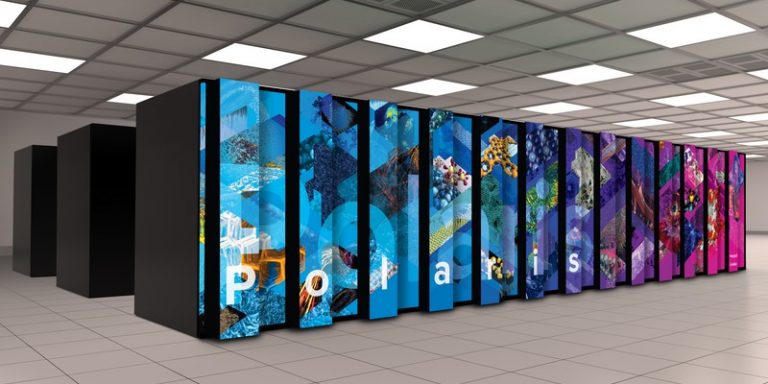
The Polaris supercomputer project will aim to be one of the largest supercomputers to boost AI to extreme scale. It will be housed at the U.S. Department of Energy’s Argonne National Laboratory. NVIDIA has announced that the infrastructure will run on the firm’s accelerated computing platform and will be accelerated using its famous GPUs.
Future Polaris supercomputer will offer exascale computing
The future Polaris supercomputer, which will be located within the Argonne Leadership Computing Facility, will aim to boost research and the discovery of innovations by offering an extreme computing scale known as “exascale”. Polaris will be built by Hewlett Packard Enterprise and will combine simulation and machine learning capabilities by tackling high-performance AI and big data workloads.
The system will accelerate transformative scientific exploration, such as advancing cancer treatments, exploring clean energy, and propelling particle collision research to discover possible new approaches to physics. Polaris will also be available to researchers in academia, government agencies and industry through ALCF’s peer-reviewed award and application programs.
NVIDIA GPU-powered supercomputer
Accelerated by 2,240 NVIDIA A100 Tensor Core GPUs, the system can achieve nearly 1.4 exaflops of theoretical AI performance and approximately 44 petaflops of peak double precision performance. It will be powered by a total of 560 nodes, each of which includes four NVIDIA A100 GPUs. Ian Buck, vice president and general manager of accelerated computing at NVIDIA, explains how NVIDIA-designed GPUs will enable a high-performance supercomputer:
“The era of exascale computing through AI will enable large-scale scientific breakthroughs and bring incredible benefits to society as a whole. NVIDIA’s graphics chip-accelerated computing, or GPU, platform provides exacalculators like ALCF with breakthrough performance for next-generation supercomputers like Polaris that enable researchers to push the boundaries of scientific exploration.”
ALCF Director Michael E. Papka refers to exascale AI:
“Polaris is a powerful platform that will enable our users to enter the era of exascale AI. Leveraging the massive number of NVIDIA A100 GPUs will have an immediate impact on our data-intensive and AI-intensive HPC workloads, enabling Polaris to tackle some of the most complex scientific problems in the world today.”
With Polaris, researchers hope to develop programs that will provide the scientific community with the ability to access the fastest supercomputers in the country to tackle grand challenges in science and engineering.
Translated from NVIDIA annonce que le futur supercalculateur Polaris de l’Argonne National Laboratory sera accéléré grâce à ses GPU









